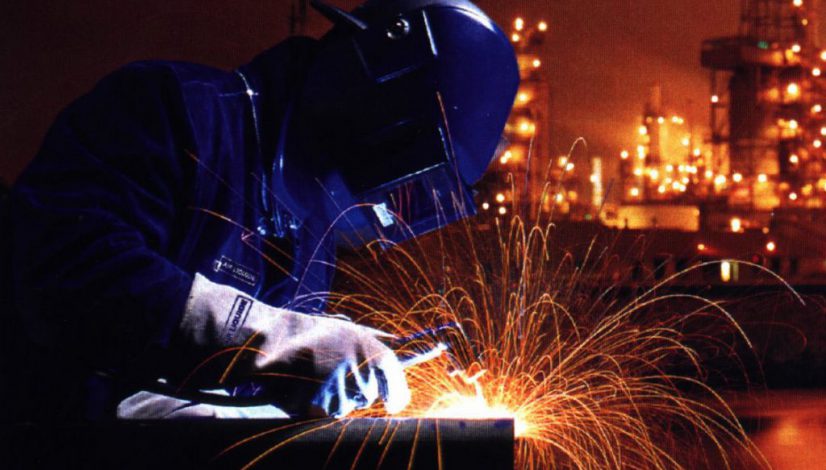Metal Fabrication Trends to Watch in 2018
Much is happening in the metal fabrication market, and 2018 is shaping up to be an exciting year. There are several metal fabrication trends to keep an eye on as we enter the new year. These trends generally look promising, but there are some concerns to keep abreast of as well. It is important for manufacturers to stay informed of the global market climate and prepare themselves for whatever the future may hold.
Industry Growth
GDP in the US is expected to grow approximately 2.5% in 2018, according to some estimates. Simultaneously, capital spending is expected to spike 4.7%. Because the metal fabrication industry is largely based on the state of the economy, these are very promising numbers. Overall, the global metal fabrication market was valued at over $16 billion USD in 2015, and it is expected to reach over $21 billion USD by 2024.
Some of the leading metal fabrication companies in the US are reporting substantial growth rates approaching double digits. Aerospace and defense – two sectors heavily reliant on metal fabrication – are growing steadily. The lawn and garden sector is remaining strong. The demand for large farm equipment has turned around and is growing rapidly. These all spell continued growth for the fabrication industry.
Additional Metal Fabrication Trends
There are several other metal fabrication trends to prepare for in the next few years:
- Automation: robotics and automation is heating up in this industry, and there is substantial cost savings in automating major processes like production and assembly.
- Emerging Markets: new markets are opening up, providing the metal fabrication industry many new opportunities in various sectors.
- R&D Investment: manufacturers and fabricators are increasingly recognizing the advantage of continuous innovation and research. New technologies are being created, opening up expanded capabilities and markets. The metals manufacturing market is very competitive, and research & development will be key to staying ahead.
- Additive Fabrication: 3D printing is no longer a novelty. It is in many ways the future of manufacturing. The swift improvement of 3D technology is now intersecting with metal fabrication, balancing customization and personalization with efficiency and waste reduction.
- Raw Materials Costs: Over the past several years, the cost of most raw materials has been dropping. The cost of iron ore in particular remains very low.
- Reshoring: As wages rise in Asia, many industries such as automotive and aerospace are rapidly reshoring production to North America, thus driving growth for metal fabrication in North America.
Challenges
In addition to these metal fabrication trends, there are some challenges facing the industry. The supply of skilled labor is not keeping pace with the rapid growth the industry is experiencing. Automation may provide a partial solution, but manufacturers will have to innovate to continue adding capacity without adding as many new hires. Also, there is some concern about Section 232 of the 1962 Trade Expansion Act, which may prompt the Trump administration to revisit the tariff issue regarding steel imports in the event the imports are deemed a national security consideration. However, many in the metal fabrication industry see this as a minor issue that will not pose a significant challenge to the industry’s promising future.

